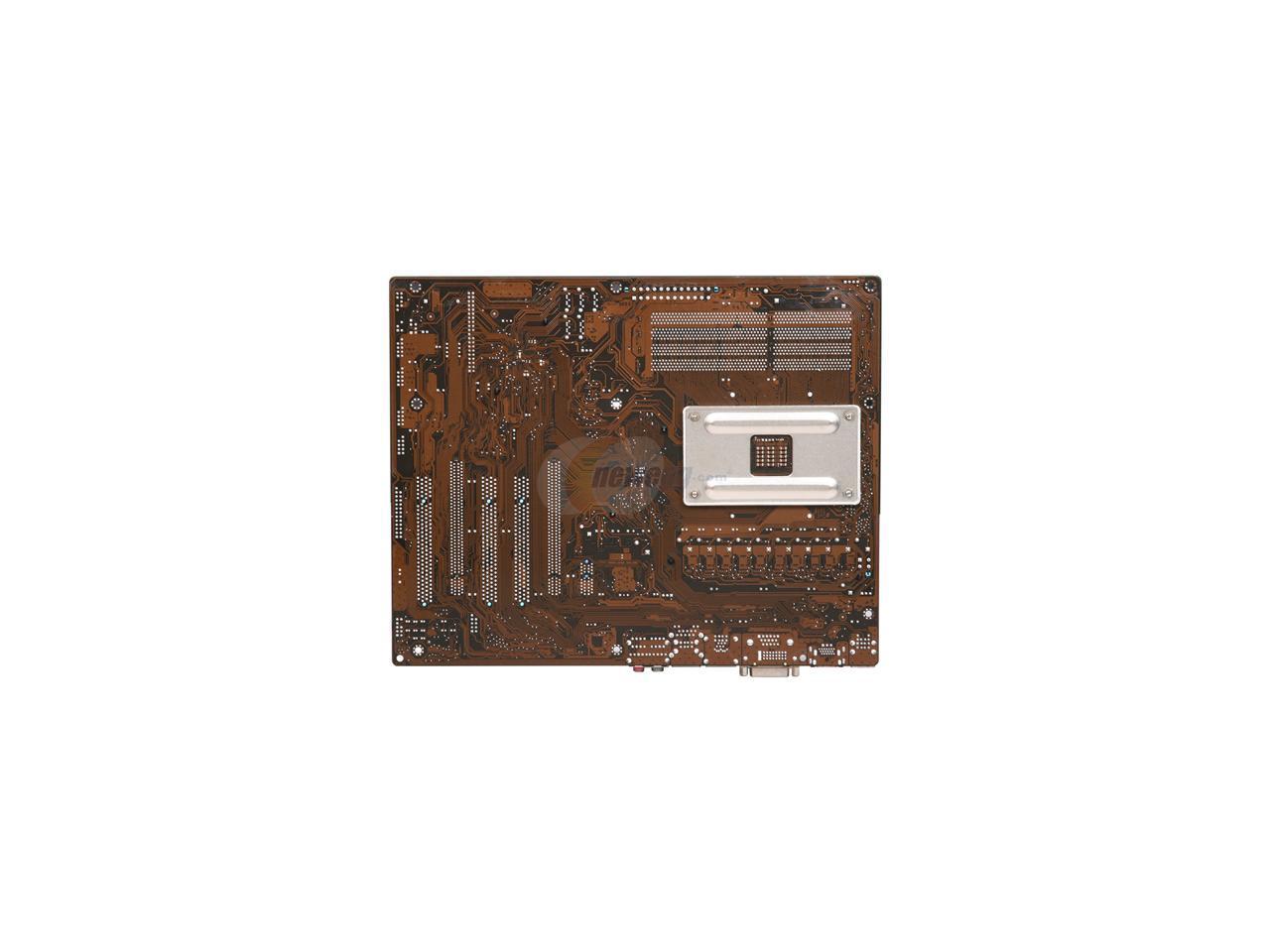

These issues remain when 3 or 4 GPUs are used, where again performance is nowhere near the theoretical limit.
HYBRID CROSSFIREX CONFIGURATION DRIVER
Additionally, there are sometimes driver issues with very new cards, which of course is very problematic for a technology aimed at early adopters. Typical performance gains are something like 20 to 50% above a single card. This means that under certain circumstances, with certain software, performance can actually be worse than a single card. Performance of SLI and CrossFire systems is heavily dependent on what is being rendered and on the video drivers.

There are real-world issues related to parsing a scene out to the two cards, and some 3D engines are not very accomodating to the multi-card approach. However, in practice this is never achieved. The theoretical upper limit for performance of an SLI/CrossFire system with 2 GPUs is twice that of a single-card system (assuming two identical cards are used an issue we will touch on later). So do they provide twice (or three or four times) the performance of a single card? So computers with 2, 3, or 4 GPUs may be built using either technology. Because CrossFire allows different cards to be used, 3-GPU CrossFire systems (called CrossFireX, without the Quad) can be built by combining one card with 2 GPUs and another with 1 GPU. Additionally, NVIDIA has now made it possible to use 3 cards together (which it calls 3-way SLI). However, both companies have now produced cards with 2 GPUs on a single card (model numbers ending in X2), opening the door to what are called Quad-SLI or CrossFireX Quad configurations. Originally the limit was two cards, and therefore two Graphics Processing Units (GPUs). This is intended to be as transparent to the rest of the computer as possible. SLI and CrossFire provide a system for two or more video cards to work together to render the same video stream. Do I need an "SLI Certified"/"CrossFire Certified" power supply or memory?.Requirements for an SLI or CrossFire system.



 0 kommentar(er)
0 kommentar(er)
